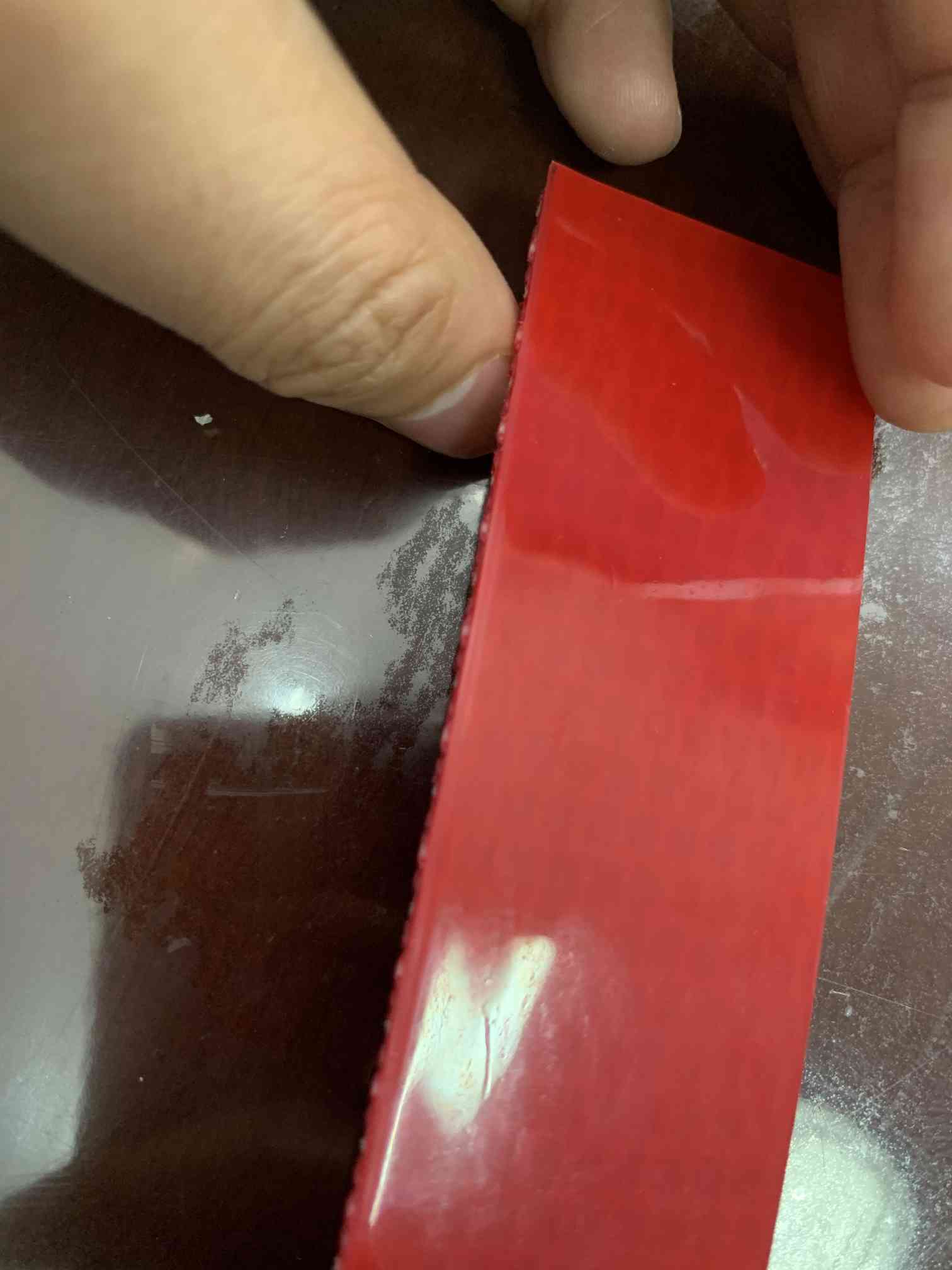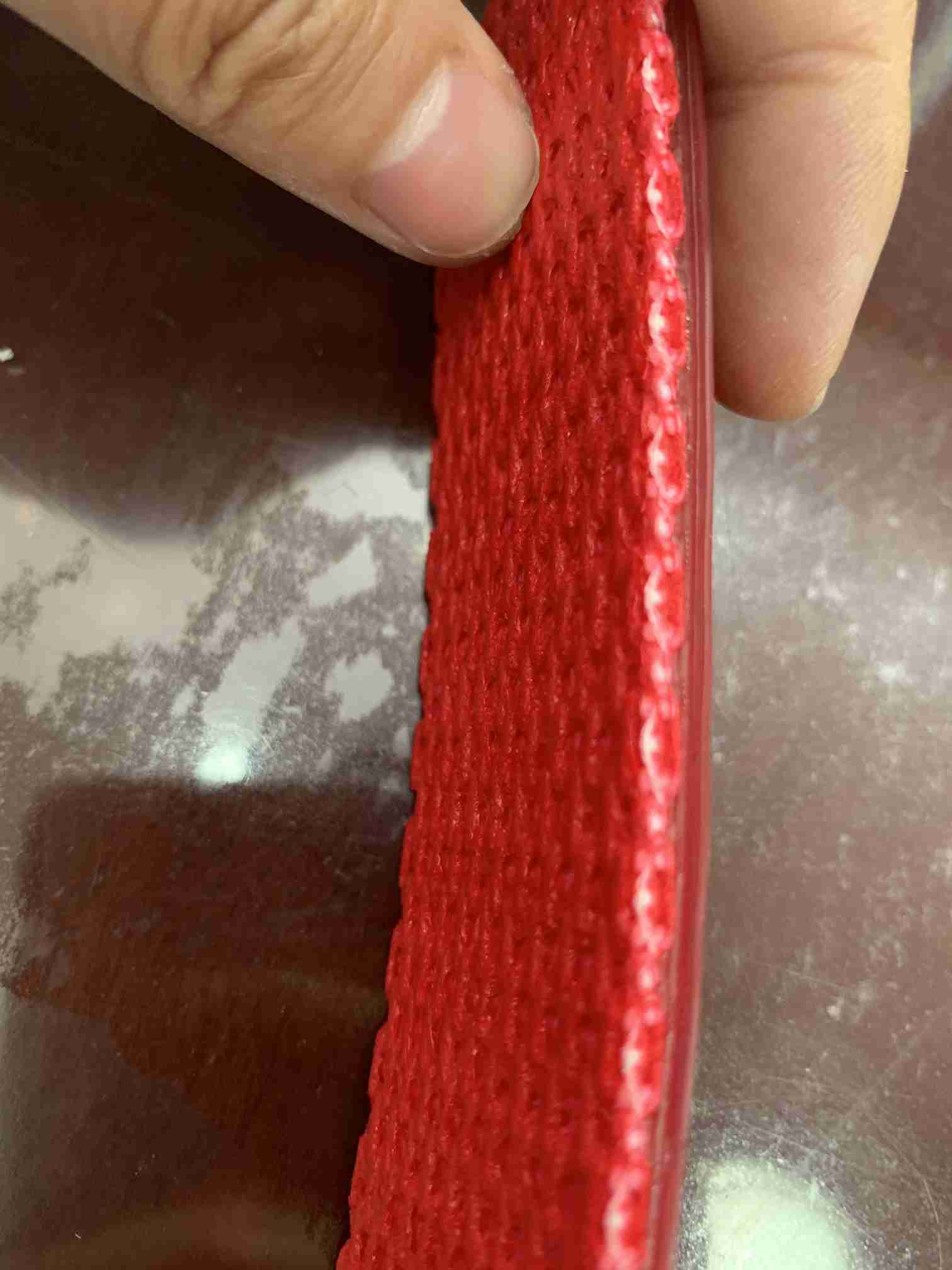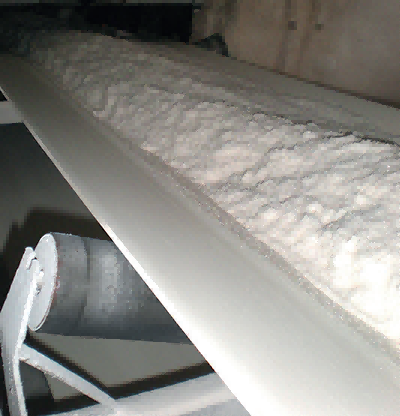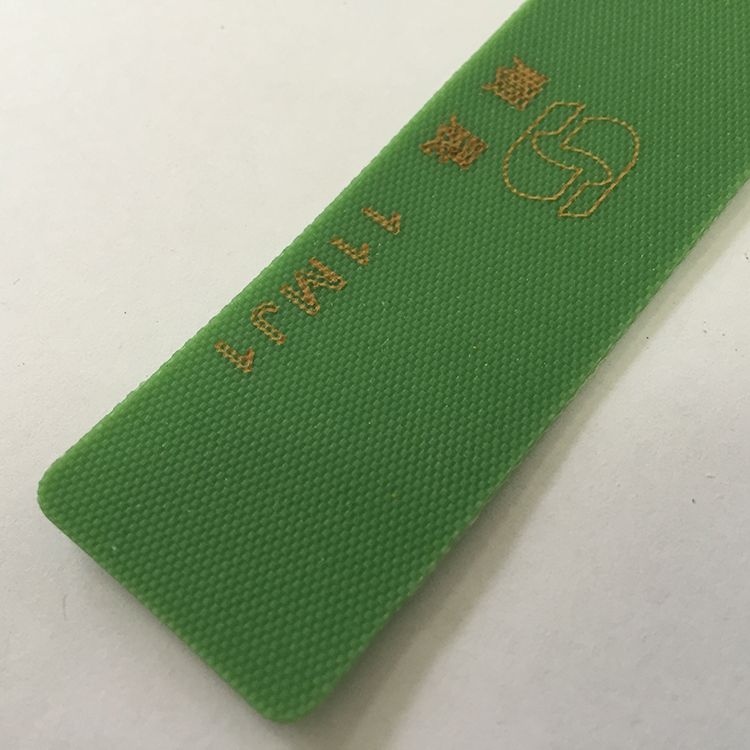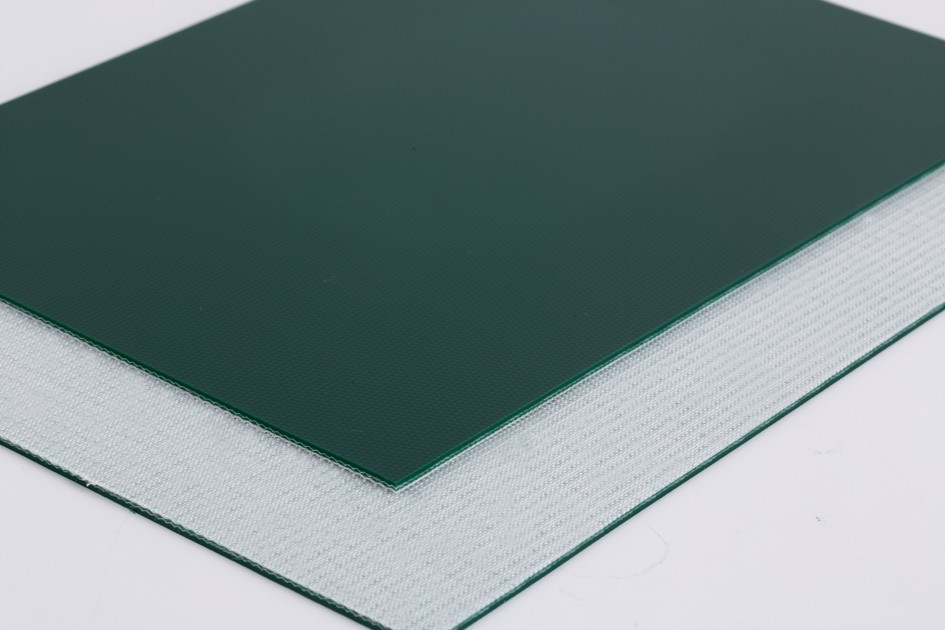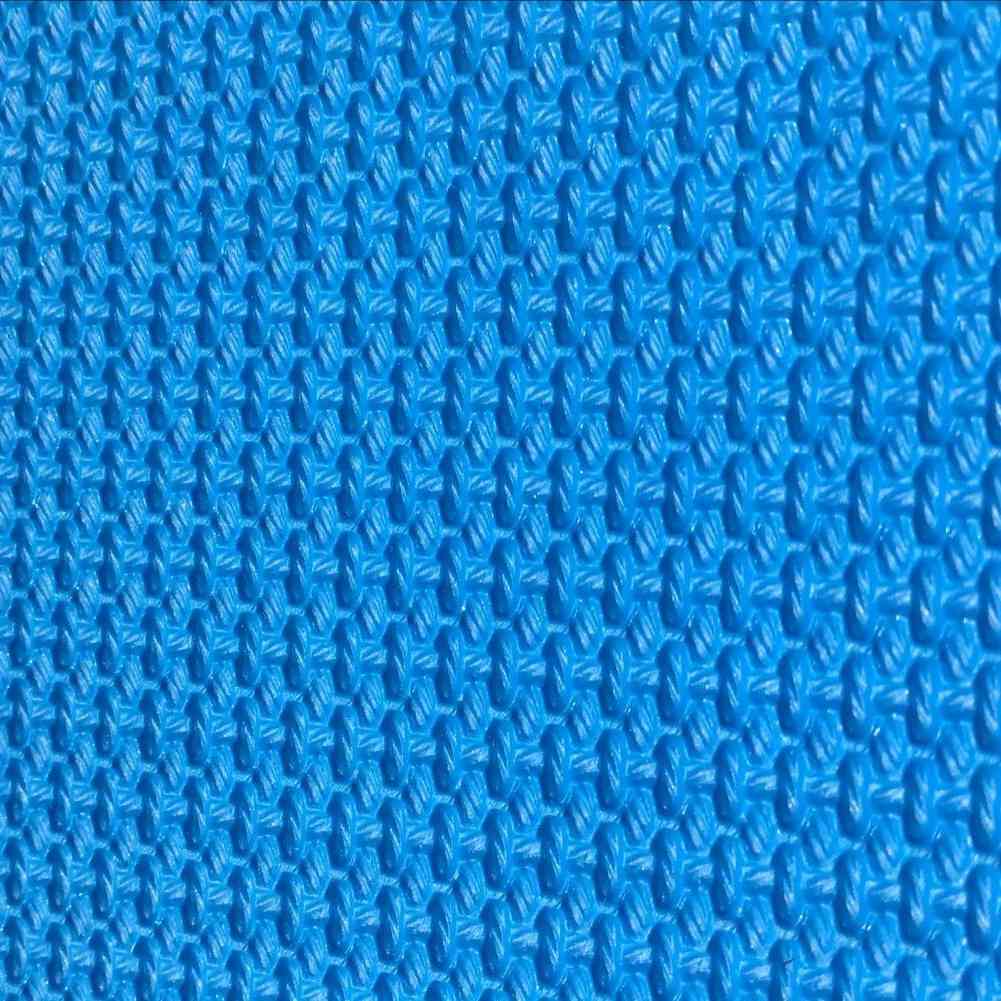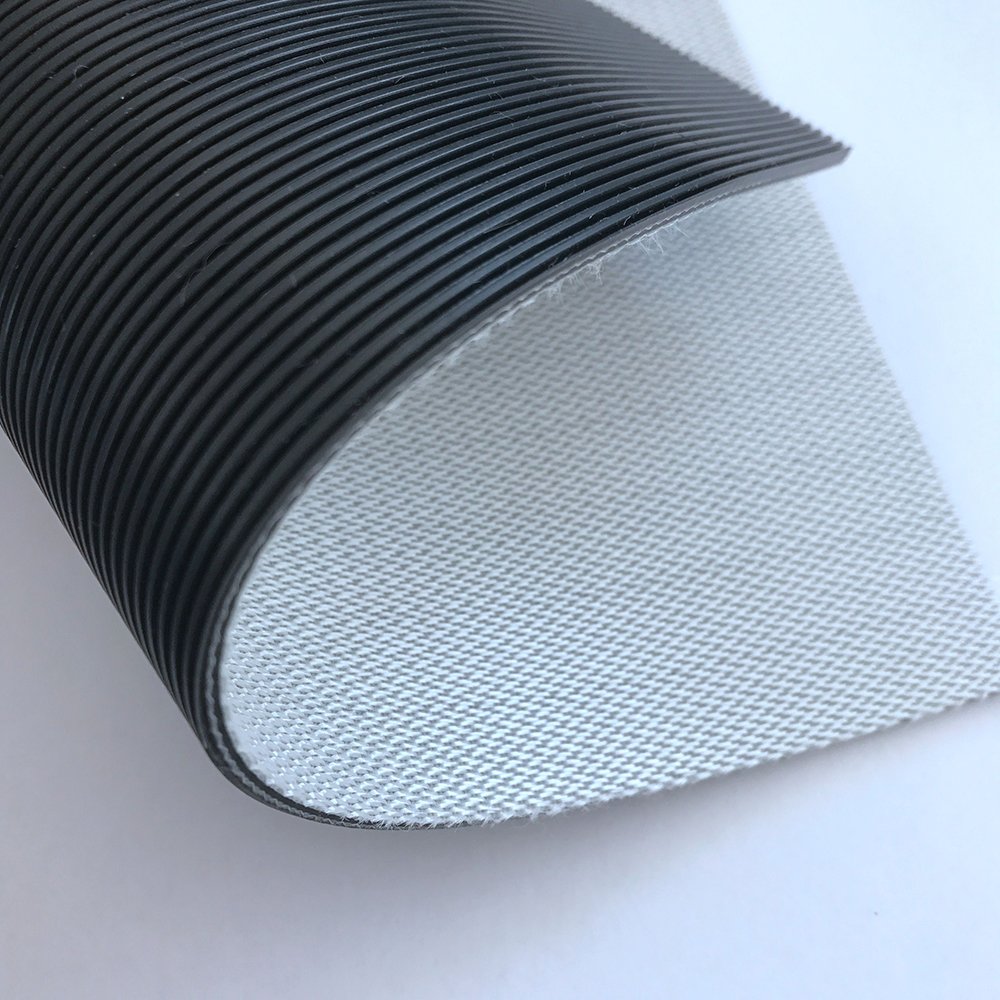Product specifications
Thickness: The thickness of the red PU conveyor belt can be selected according to specific application requirements. Generally, it is between 0.5mm and 5mm thick.
Width: The width of the red PU conveyor belt can also be selected according to specific application requirements. Generally, it is between 50mm and 3000mm wide.
Length: The length of the red PU conveyor belt can be customized according to specific application requirements.
Surface treatment: The surface of the red PU conveyor belt can be treated differently to meet different application needs. For example, anti-slip treatment, anti-static treatment, anti-adhesion treatment, etc. can be performed.
Strength grade: The strength grade of the red PU conveyor belt can also be customized.
Common applications
Food processing industry: Red PU conveyor belts are commonly used for conveying and packaging processes in the food processing industry. For example, it can be used to transport bread, chocolate, candy, etc.
Packaging industry: Red PU conveyor belts are commonly used for conveying and packaging processes in the packaging industry. For example, it can be used to transport cartons, bottles, cans, etc.
Printing industry: Red PU conveyor belts are commonly used for conveying and packaging processes in the printing industry. For example, it can be used to transport paper, printed materials, etc.
Glass manufacturing industry: Red PU conveyor belts are commonly used for conveying and processing processes in the glass manufacturing industry. For example, it can be used to transport glass plates, glass bottles, etc.
Woodworking industry: Red PU conveyor belts are commonly used for conveying and processing processes in the wood processing industry. For example, it can be used to transport boards, timber, etc.
Textile industry: Red PU conveyor belts are commonly used for conveying and processing processes in the textile industry. For example, it can be used to transport textiles, yarn, etc.
How to use
Installation: First, the red PU conveyor belt needs to be properly installed on the conveying equipment. When installing, you need to pay attention to the direction and tension of the conveyor belt to ensure that it works properly.
Maintenance: During use, it is necessary to regularly check the wear and damage of the red PU conveyor belt, and replace or repair the damaged parts in time. At the same time, conveying equipment needs to be kept clean and lubricated to ensure its proper operation.
Cleaning: The red PU conveyor belt may be affected by contamination and dirt during transportation. Therefore, conveyor belts and conveying equipment need to be cleaned regularly to ensure proper operation and hygiene.
Storage: If the red PU conveyor belt is not used for a long time, it needs to be stored in a dry, ventilated place away from direct sunlight and moisture. During storage, the condition of the conveyor belt needs to be checked regularly to ensure its quality and performance.
Maintenance method
Cleaning: Regular cleaning of conveying equipment and conveyor belts can avoid damage to transportation equipment from pollution and dirt. Clean water or specific cleaning agents can be used. The specific method may vary depending on equipment and materials.
Lubrication: Appropriate amounts of lubrication can reduce the wear and friction of conveying equipment and improve its efficiency and longevity. Lubricating oil or grease can be used for lubrication. The specific method may vary depending on equipment and materials.
Maintenance: Regularly check the wear and damage of the conveying equipment, and promptly replace or repair the damaged parts, so as to maintain the normal operation of the conveying equipment.
Preventive maintenance: Through regular inspection and maintenance of conveying equipment, equipment failure and downtime can be prevented, production efficiency and product quality can be improved.
Train operators: Operators should receive relevant training and guidance to understand how to use and maintain the equipment to ensure the normal operation and service life of the equipment.

